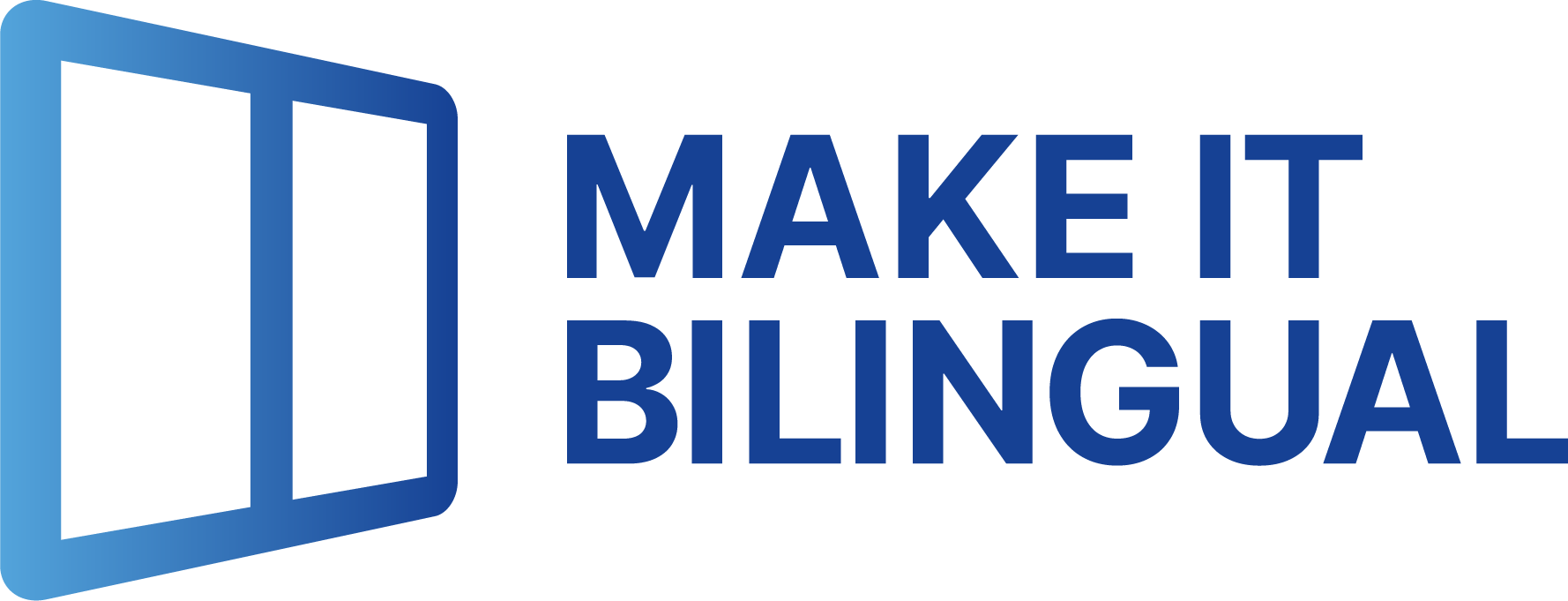
17.09.2024
Bilingual Communication in South Tyrol: A Guide to Professional Business Letters

Bilingual communication in South Tyrol is more than just a legal requirement – it is a vibrant expression of the region’s unique cultural identity. The coexistence of German and Italian speakers has, over decades, led to specific demands for written communication. We explain what to watch out for and how you can quickly and easily create bilingual texts using the MakeItBilingual Word Add-In.
The Historical Context
Bilingualism in South Tyrol is deeply rooted in the region’s history. Since the Autonomy Statute of 1972, German and Italian have held equal status as official languages. This means that all official documents, business letters, and administrative communications must be available in both languages.
Specifics of Business Communication in South Tyrol
Over the years, specific conventions for bilingual business letters have developed in South Tyrol. Unlike many other bilingual regions, the languages are not simply arranged one after the other, but are usually presented side by side in a two-column format. This layout has proven particularly reader-friendly, as it allows for a direct comparison of the language versions.
Practical Recommendations for Bilingual Business Letters
Language Selection
In South Tyrol, the basic principle is that the recipient’s language takes precedence. If this is not known, both languages are used equally. When designing the layout, consider the following:
The recipient’s primary language should appear in the left column. This aligns with the natural reading direction and is seen as a sign of respect. If both language versions are equally important, the German version is traditionally placed on the left.
Proper Formatting
Professional design of bilingual letters requires special attention. The letter should be formatted so that corresponding text passages are aligned at the same height. Typically, this means reserving one row in the two-column table for each paragraph.
This not only improves readability but also allows for quick verification of consistency between the two versions.
Linguistic Particularities
South Tyrol has developed its own conventions for translating certain terms. It is important to know and respect these regional nuances. Some examples:
The salutation “Sehr geehrte Damen und Herren” is often translated in the Italian section as “Gentili Signore e Signori,” even though “Egregi Signori” would be more common in other Italian-speaking regions. There are also South Tyrol-specific translation traditions for official titles and legal terminology.
Legal Considerations
When creating bilingual documents in South Tyrol, special attention must be paid to the legal equivalence of both versions. This means:
Both language versions must be identical in content. For contracts and legally binding documents, legal review of both versions is recommended. A translation clause should specify which language version prevails in case of discrepancies.
Digital Support for Modern Communication
Creating bilingual documents can be time-consuming and complex. This is where MakeItBilingual’s technical software solutions offer valuable support. This specially developed Word Add-In enables users to quickly and professionally convert monolingual texts into bilingual documents. The software automatically applies key formatting rules and generates clear two-column layouts, as commonly used in South Tyrol.
A particularly valuable feature is the ability to make changes in one language version and have the other version automatically updated. This not only saves time but also reduces the risk of inconsistencies between the versions.
Conclusion
Bilingual communication in South Tyrol is a fascinating example of how legal requirements and cultural traditions shape the development of specific forms of communication. With a solid understanding of local particularities and the support of modern tools like MakeItBilingual, even complex bilingual documents can be created professionally and efficiently.
Copyright © 2025 Make It Bilingual. All rights reserved.